I am currently working to make a 30V 5A linear power supply and came up with this circuit so far. The circuit is supposed to give twice the reference voltage Vref.
This is the output voltage that I am getting which is the expected output.
But to be able to achieve 0V(or very close to 0V) at the output, I decided to take the output voltage as reference for the opamp supply voltage and the reference voltage(Vref). This is the circuit that I came up with to achieve this.
This is the output voltage that I am getting.
Changing the reference voltage(Vref) has a negligible effect on the output in the second case. In first circuit everything works as expected.
What mistake am I making here?
